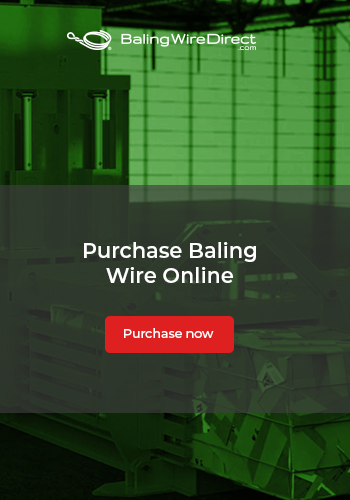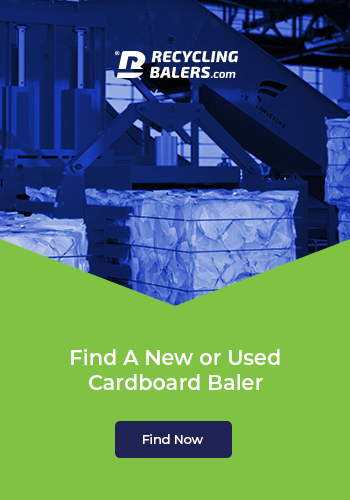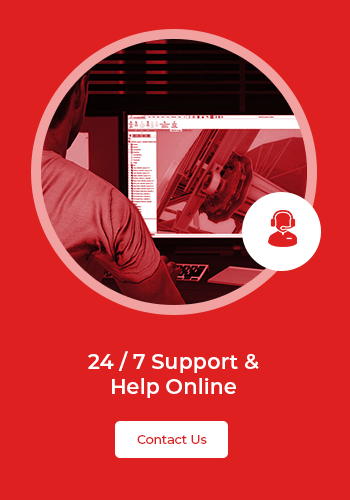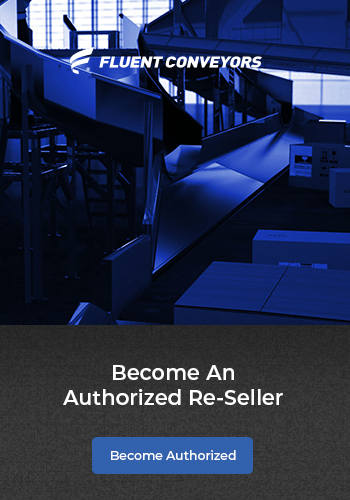Choosing the Correct Conveyor Belt
Your conveyor belt is the heart and soul of the conveyor system and without it, the machine just won’t run. If the conveyor belt is weak or stiff, the conveyor system won’t function well or carry the right amount of load. To keep the system running, you need to make sure that you choose the right belt and with so many options out there, that’s not an easy decision to make. Here are some tips that will help you in your decision.
Factors to Consider
You need to choose a belt that will fit your conveyor machine and your industry. Conveyor belts are used for a variety of purposes so you need to choose a belt based on the characteristics of the material you transport on it, such as:
Weight – The weight of the material is a very important consideration because too much weight can bend and warp the belt. The strength of the belt will have an impact on the overall operation of the machine so you need to choose wisely.
Size – You should always consider the size of the product when you purchase a belt. The product should fit on the surface of the belt comfortably with some space to spare. If it protrudes out of the belt, it can become entangled with the machine and cause problems. If you want to avoid expensive repairs and downtime, you should purchase the right size if the conveyor belt.
The Type of Product – You should also choose a belt according to the product you need to transport. For example, if you intend to transport compressed metal products on the belt, you require something that would withstand the sharp edges and metal chips and filings. Not all conveyor belt materials can do that. The belt should withstand the dirt and sand that can get accumulated on it.
Decline or Incline – Most people don’t realize this, but you have to consider the movement of the conveyer when you choose the belt. If the belt moves in an upward or downward direction, the product sitting on it would shift and slip. To stop this, the belt that should have an anti-slip surface or some sort of stopper that will keep the products in place.
Speed – Some belts can snap or become damaged when they travel at high speeds. The combination of high speed and weight from the product can damage them so it’s important to consider the speed at your machine operates when you purchase a belt.
The Environment – What type of environment would your conveyer belt be traveling in? This is also something you must consider before you purchase a belt. If the belt it exposed to too much heat or too much cold, it might become damaged and warped over time. Some belts are specifically designed to withstand how temperatures so you should consider that when you purchase the belt.
2 – Type of Conveyor Belts
There are so many types of conveyor belts available in the market that a person can easily get confused. Here’s a list of belts commonly used in a number of machines:
- Cleated PVC Conveyor Belts
- Chevron Conveyor Belts
- Hinged Steel Conveyor Belts
- Rubber Combo Conveyor Belts
- PVC Combo Conveyor Belts
- Double Beaded Apron Pan Conveyor Belts
- Cleated Rubber Conveyor Belts
- Z Pan Conveyor Belts
- Apron Pan Conveyor Belts
Choose which conveyor belt is ideally suited for you machine. If you don’t know how to choose, you can always speak with a local dealer to understand what’s best for your system. They will advise you on the size, material, and quality of different belts available in the market.




